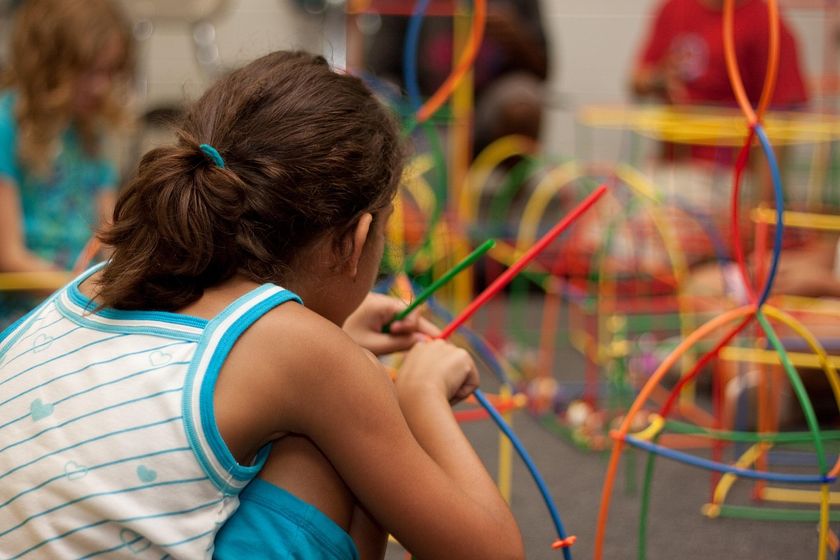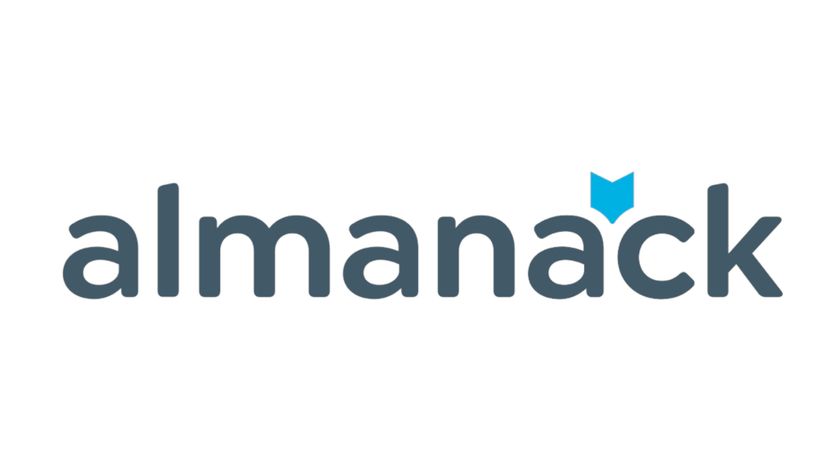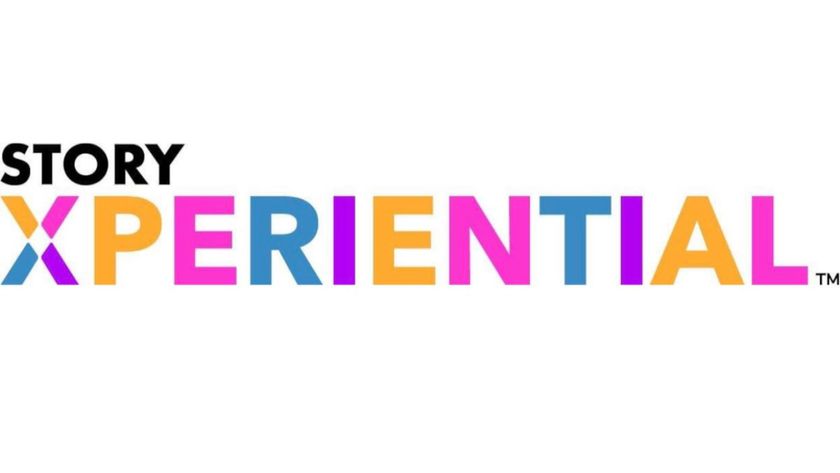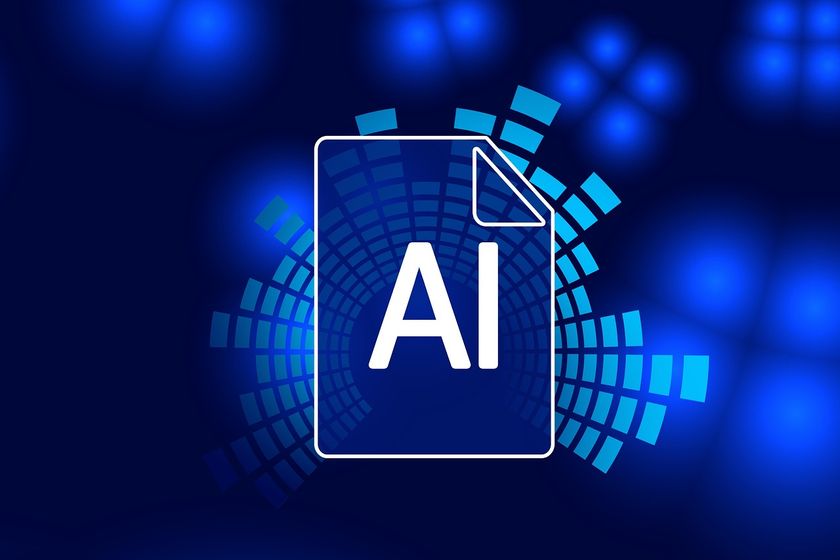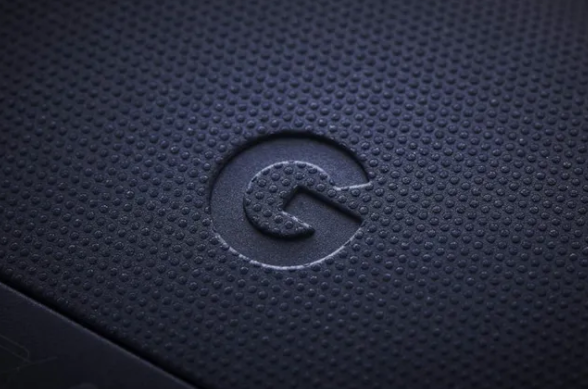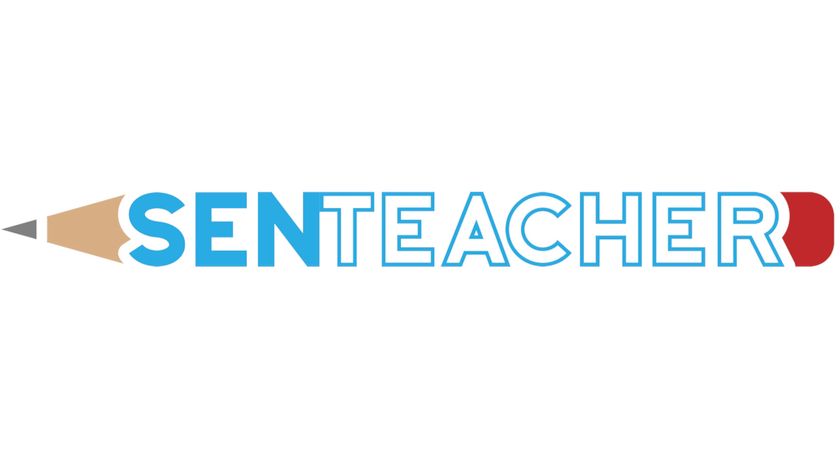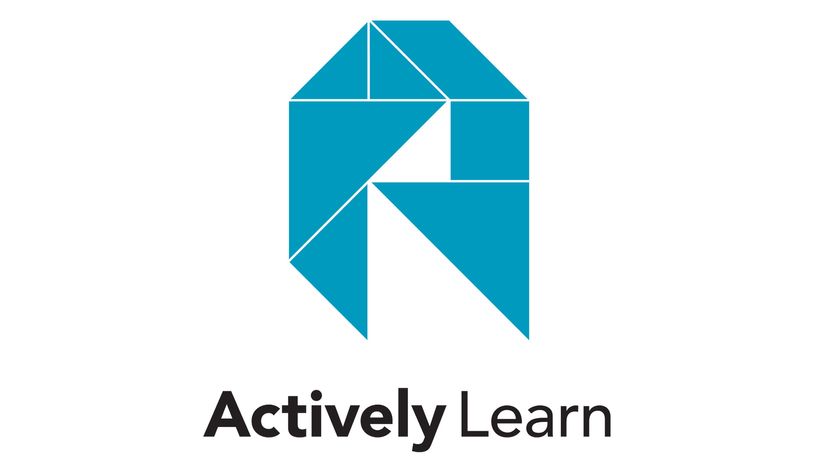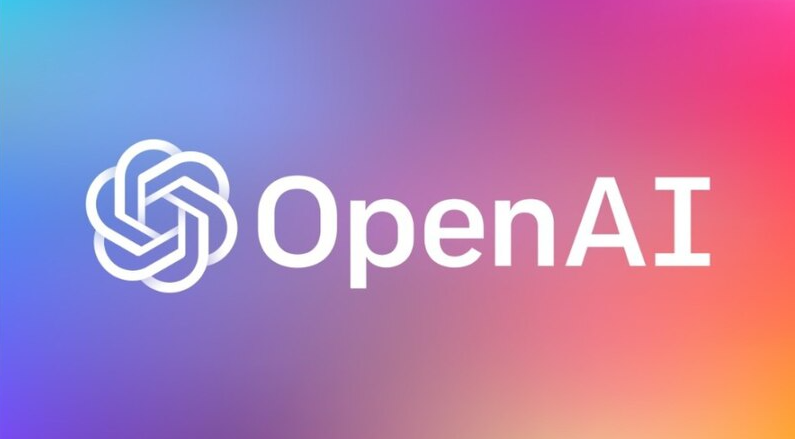Implementing Authentic Exploratory Research (AER) into Teaching
Authentic exploratory research provides an opportunity for reality-based learning
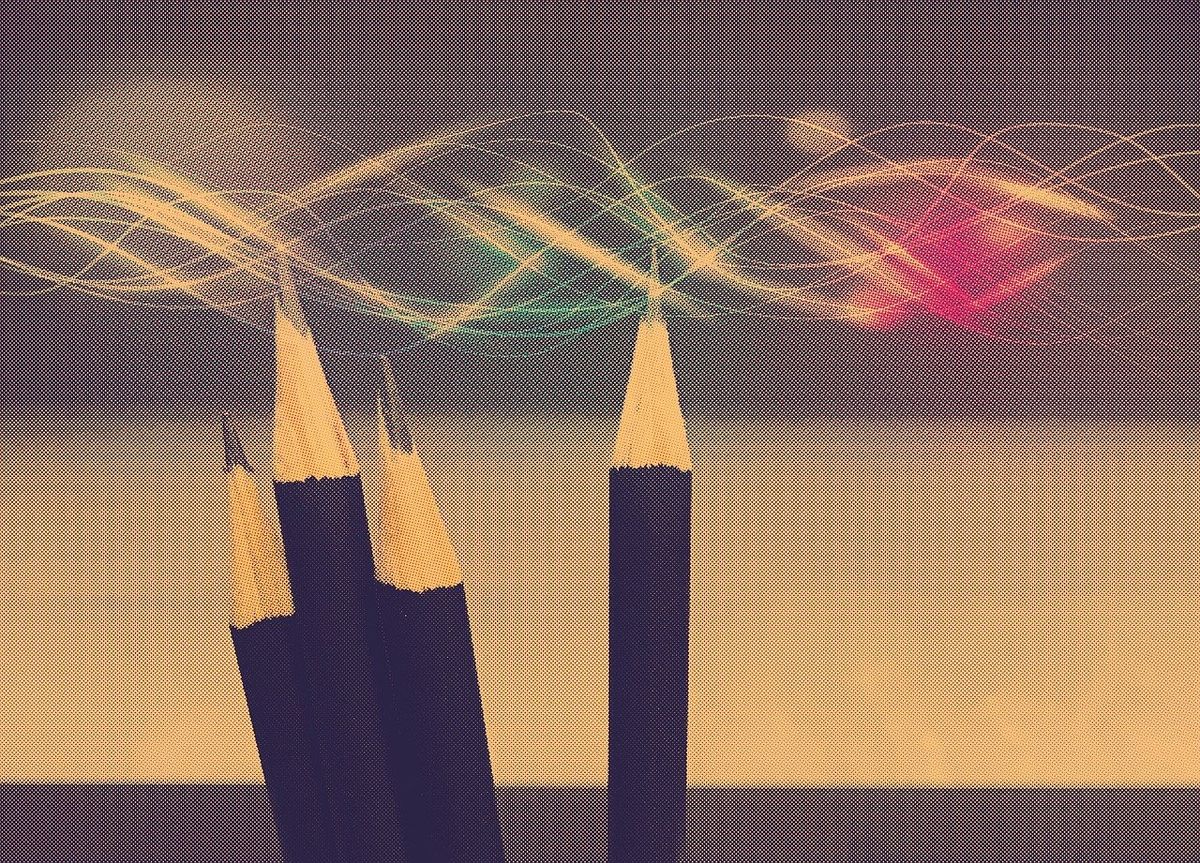
There are six secrets that Gallup and Purdue University identify that, if offered to students in combination, boost their confidence in school and yield greater happiness and success throughout their adult lives. “It is a simple formula, but once it is in action, students' engagement, confidence, and outlook for the future all improve,” says Jason Alleman, principal at Laguna Beach High School (LBHS) in California.
LBHS found that the Big Six Combination for college undergraduates resonates with their high school students as well. High school students already can receive an undergraduate-level academic program through Advanced Placement, and now they can experience the best factors of an undergraduate social and emotional support experience as well.
The Big Six are divided into two categories:
Support
- A teacher who inspires
- A teacher who cares
- A mentor
Experiential
- Works on a project for a semester or more
- Has an experience that allows direct application of learning
- Participates in extracurricular activities
Of the adults who reported that they engaged in none of these opportunities in school, only 5% indicated that they were prepared well for success and happiness in their jobs and lives. But in the group of adults who said they engaged in all six opportunities while in school, 82% reported that they were well-prepared to achieve happiness and success.
The challenge is how can districts offer these opportunities in a cohesive way. LBHS chose to design a class called Authentic Exploratory Research (AER), inspired by Palo Alto USD's Advanced Authentic Research project.
Tech & Learning Newsletter
Tools and ideas to transform education. Sign up below.
AER allows students to choose a year-long area of study in which they are interested. Here are three recent student examples:
- Izzy S. completed a project about youth fashion branding and marketing. She worked with a local fashion designer and business owner to research how effectively various boutique fashion brands used social media to market to teenagers. According to Izzy, “AER is not another class. When you do it, it doesn’t feel like homework because it is something you’re actually interested in.”
- Nathan S. chose a project about the achievement gaps between different socio-economic school districts. Throughout the year, his research and investigation led him deeper and deeper into the nuances of school funding and resource allocation, to the point that the end product far exceeded his expectations. When reflecting upon AER, Nathan says: “I genuinely did not think that I could create a quality piece of literature without me even going to college yet. So looking back, it was one of my greatest accomplishments during my time at LBHS.”
- Soren T. compared and contrasted entrepreneurship between Chinese and American entrepreneurs for his AER project. Through his mentor, Soren was able to survey small business owners in China and the U.S. to examine the business culture in both countries. According to Soren, his AER experience was “not just a research project; it’s not just Googling stuff; it was a personal, hands-on, learning growth experience. It is such an empowering project that it gives you a sense of accomplishment and great appreciation for all the work you did.”
In addition to the Big Six (Ingredients of Success) AER offers:
- A real-world application
- Scientific process design
- Publication
Potential Timeframe of an AER class

The workflow of the year is designed to work with students' schedules. Each meets with the instructor weekly to discuss progress and remove roadblocks to success. Students are expected to spend 60 hours per semester on coursework, roughly half of which is on the project itself while the other half is on instruction, reflection, organization, and other weekly tasks.
To celebrate the success and provide an opportunity for an authentic audience, a symposium is offered to the community. During the symposium, staff, mentors, and community members listen to the students describe their experiences and findings.
Superintendent Jason Viloria has witnessed the students light up during their presentations. “This is not project-based learning, this is reality-based learning,” he says. “The real-life twists and turns of these challenging learning adventures fuel the student's mastery and their research.”
Laguna Beach has adopted a very powerful definition of authentic learning, which is changing the hearts and minds of students. Our hearts are about 18 inches from our brains on a physical level, and AER is closing that gap between our passions/interests (our hearts) and our academic/thinking (our minds).
Tips & Advice for School Districts Looking to Implement AER
- Find an instructor who is passionate about this to lead it
- Empower the instructor to build relationships with each individual student
- Mentors can be found through parent surveys (work with PTA and community partners)
- If you can’t find a mentor locally, try Nepris which offers connection to 58,000 industry professionals
- You can still have great authentic learning experience by adopting some of these components
- Help students design projects that aren’t excessively dependent on the mentors
- Mentors should help to point out student blind spots as well as provide guidance, resources, and expertise
- Partner with other existing school programs, such as Model UN, Student Leadership, or CTE programs
- AER can be the capstone of a pathway
For more information, visit LBUSD.org/AER
